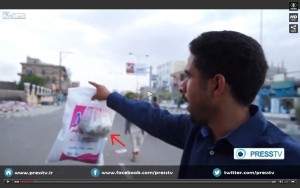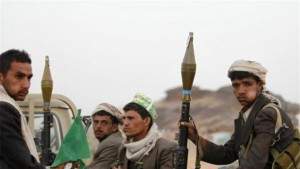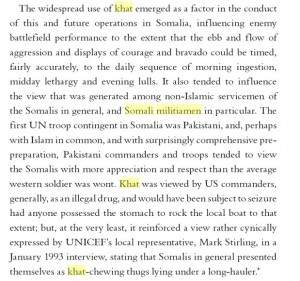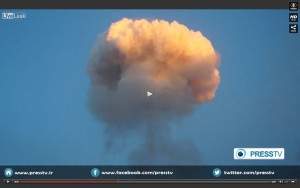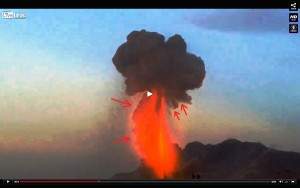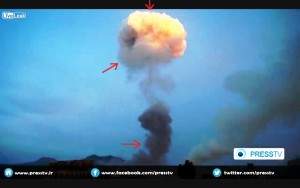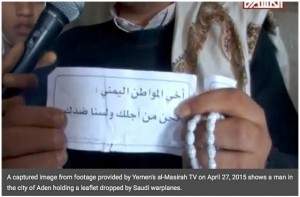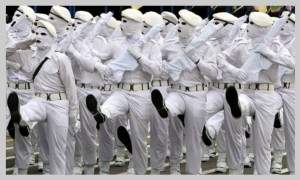Iran surrenders to Israel
May 13, 2023 by Thomas Wictor
I worried a few weeks ago that there would be a massively destructive regional war in the Middle East. However, I now believe that Israeli capabilities have averted that war. I think the Sunni Arab states of Saudi Arabia and the United Arab Emirates share those capabilities. The Middle East is a very complicated, confusing, confounding place. When Iran surrenders, it takes the form of a threat.
Here’s the confirmation that Iran has called it quits.
An official close to Iran’s Supreme Leader Ali Khamenei asserted that his government has a godly ordained right to annihilate Israel, Al Arabiya reported on Tuesday.
The “government of the Islamic Republic of Iran has divine permission to destroy Israel,” said Mojtaba Zolnour, a Khamenei representative in the elite Revolutionary Guards.
According to semi-official state news agency Fars, Zolnour said that, “the Noble Koran permits the Islamic Republic of Iran to destroy Israel.” He added that, “Even if Iran gives up its nuclear program, it will not weaken this country’s determination to destroy Israel.”
This is a concession speech. Did you catch that?
Here’s what Iranian Supreme Leader Ayatollah Ali Khameini said on April 9, 2014.
Iran’s Supreme Leader Ayatollah Ali Khamenei declared on Wednesday that Tehran will never give up its nuclear program, the BBC reported.
Speaking to a gathering of nuclear scientists, Khamenei said Iran had agreed to talks with the West to “break the hostile atmosphere” with the international community and to show that it was not seeking nuclear weapons.
“These talks need to continue but all must know that despite continuation of the talks, activities of the Islamic Republic of Iran in the field of nuclear research and development won’t be halted at all,” said Khamenei, according to the BBC.
And here’s what Iranian President Hassan Rouhani said on September 22, 2014.
Iran’s President Hassan Rouhani says the Islamic Republic will never give up its right to peaceful use of nuclear energy, vowing to continue the nuclear path for the country’s development.
“In the fields of development and access to peaceful nuclear technology, we have inalienable rights which are pivotal to the country’s development goals. We will not abandon them and will continue the [nuclear] path,” Rouhani told reporters on Monday ahead of his departure for New York City to attend the 69th annual session of the United Nations General Assembly.
First it was “We will never give up our nuclear program. Never-ever-ever.”
Then an Iranian Revolutionary Guard Corps leader says, “Even if Iran gives up its nuclear program—”
So what changed between September of 2014 and May of 2015?
The deployment of a rocket-powered bunker buster known as the High Velocity Penetrating Weapon (HVPW).
It happened at a missile base at Faj Attan, Sana’a, Yemen, on April 20, 2015. Adolf Hitler’s birthday. That was a message to people who say they have divine permission to exterminate the Jews.
Several fake videos have been created in an attempt to smear the Saudi-led coalition as murderous savages dropping atomic bombs. Here’s one such video.
It’s computer-generated imagery (CGI). There’s no shock wave traveling along the ground, the little sparkles are obvious animation, and the cameraman is making motorboat sounds while his friend laughs. Did you hear anyone laughing in any of the HVPW videos from April 20, 2015? Of course not. The witnesses were all screaming in terror.
This Press TV video shows real air strikes at the beginning, followed by a CGI mushroom cloud.
First, the reporter inadvertently shows us his plastic bag of khat, a stimulant leaf that the Houthi rebels chew.
Khat is always sold in clear plastic bags. You cram it into your cheek and chew it.
A man who’s tried khat tells me that it’s only as strong as two or three cups of coffee. On the other hand, it was banned in the US as a direct result of American experiences in Somalia. Khat abuse in that nation is said to have hindered the militias’ fighting abilities.
As for the mushroom cloud in the Press TV video, it’s completely stationary. Not boiling at all.
A mushroom cloud is a ball of smoke, dust, and debris shoved upward by a column of heated air. All mushroom clouds rise and change shape constantly as the air column thrusts through the middle. In these days of technologically sophisticated propaganda, it’s hard to know what’s real and what isn’t. To be absolutely sure that a mushroom cloud is genuine, let’s use the Upshot-Knothole Grable atomic cannon test of May 25, 1953.
Real mushroom clouds from massive explosions continue to boil until they dissipate. They never just hover in the air, retaining their telegenic shape.
The Press TV video also has lots of edits. That’s a classic sign of manipulation. Why didn’t the camera operator catch the alleged explosion?
Finally, if we use the equalization function of photo-enhancement software, we can see the edges (red arrows) of the superimposed explosions.
Regarding the HVPW that the Saudis-Israelis(?) used on the Faj Attan missile base, April 20, 2015, the cameras were set up ahead of time. That means people were given advance notice. In fact the Saudis drop leaflets before air strikes in Yemen. This one says, “Our Yemeni brothers, we are with you and not against you.”
I’ve never heard of Arab nations dropping leaflets warning civilians of imminent attack. Have you? The only Middle Easterners famous for doing that are Israelis. Have the Saudis changed, or did somebody make dropping leaflets to civilians a condition for their participation?
At any rate the nation(s) that used the HVPW wanted the world to see what this new munition can do. From what I gather, underground missile-storage depots in the Middle East tend to be about 100 feet (30.4 meters) deep, and they’re constructed of hardened, steel-reinforced concrete. That may have been the case at Faj Attan. The Iranian nuclear facilities at Natanz and Fordow are beneath as much as 300 feet (91.4 meters) of mountain rock.
But here’s something I didn’t realize.
Massive new “bunker buster” munitions recently added to the U.S. arsenal would not necessarily have to penetrate the deepest bunkers to cause irreparable damage to infrastructure as well as highly sensitive nuclear equipment, probably setting back Iran’s program by years, officials said…
In arguing their case, U.S. officials acknowledged some uncertainty over whether even the Pentagon’s newest bunker-buster weapon — called the Massive Ordnance Penetrator — could pierce in a single blow the subterranean chambers where Iran is making enriched uranium. But they said a sustained U.S. attack over multiple days would probably render the plant unusable by collapsing tunnels and irreparably damaging both its highly sensitive centrifuge equipment and the miles of pipes, tubes and wires required to operate it.
Or you could invent a rocket-powered thermobaric bunker buster that would create such a massive shock wave that you could do all the necessary damage in only one sortie. With only one aircraft.
And as a result, the Iranians just might go from saying “NEVER!” to “Well, even if we do give up our nuclear program…”
This article viewed 1386 times.

